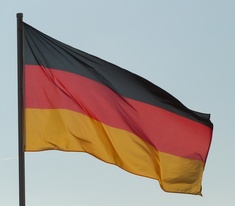
Five Islands of Germany
First published: Friday February 11th, 2022
Report this blog
Introduction.
Staying in Europe, this edition of the blog series is about the smaller islands of Germany.
Once again, these are not the well known islands, such as Heligoland or Sylt. Those examples, although interesting, do not fit into my personal criteria for the blogs. I choose islands that have some, but not masses, of history. There must be photographs available on Wikimedia or occasionaly Pixabay that can be used to illustrate the blog. There should be a website I can link to with extra information or pictures. That's it, my three golden rules for each island.
Germany, as a nation, does not have as many islands as some other countries, but it does have some. This blog contains three saltwater islands and two from inland lakes as a consequence of this.
Here are the islands of Germany.......
Vilm.
Our first island is on Germany's eastern coastline, and therefore situated on the fringes of the Baltic Sea. It was formed during the last Ice Age by debris left when glaciers retreated, technically called a moraine. It is one of Germany's most tranquill and peaceful places.

There is some evidence that early man used the island soon after it's formation. Slavic peoples built a temple there, and Vilm was a place of pilgrimage into the Middle Ages.

A law was passed in the 19th century preventing trees from being cut down and it became a summer residence for aristocats. In 1936, the flora and fauna of the island was put under protection, however after the Second World War, it became a popular place with tourists from the cities. This continued until 1959 when the government of East Germany closed the island to the public and built guesthouses for high ranking dignitaries including the heads of state.
Two days before reunification, the island was declared a nature reserve and as such could not be transfered directly to the West. It was, however, brought under the control of the Federal Agency for Nature Conservation and has remained a reserve ever since.
Most of the island's forest has been undisturbed for decades, if not centuries, and as such has a rich abundance and diversity of living things. Some of the oak trees are thought to be over 5,000 years old. The centre of the island is strictly off limits to all human presence. Swimming is forbidden and boats may not approach closer than 100m.
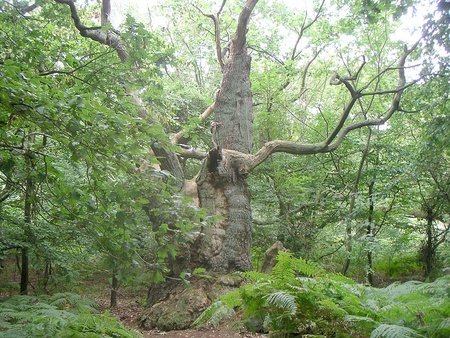
Despite these restrictions, scientists do work on the island and some of the buildings have been converted for conferences. Visitor numbers are strictly controlled to a maximum of 60 per day, however tours are available but early booking is essential.
The island can be visited, once booked prior to arrival, from Lauterbach, but only from March to October.
The website allthingsgerman.net has a report of a visit to the island made in 2016.
Baltrum.
Just a quick hop over Denmark, or through the Kiel Canal, brings us to the North Sea from the Baltic. Along this coast of Germany are the East Frisian Islands, and slap bang in the middle of them all is Baltrum. All of this group of islands are popular with tourists and Baltrum is no different. It is the smallest inhabited island of the group, both in terms of population and area.

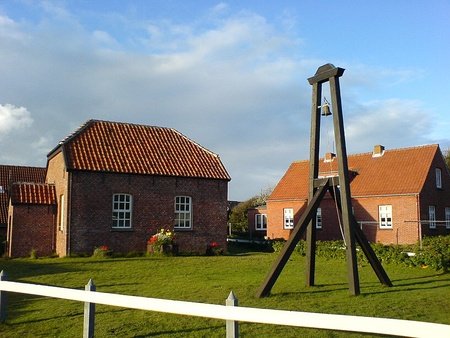
In the 14th century the island belonged to the powerful tom Brok family. They were Chieftains that ruled over much of the land that is now northwestern Germany. In 1398 the island was handed over to Duke Albert I of Bavaria, and then returned as a fiefdom.
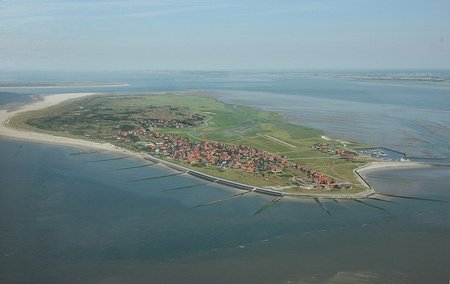
The island has been battered by the seas for many years, at one point being almost uninhabitable, but in 1870 work began to construct sea defences such as groynes, and wooden pallisades.
Tourism began in the 19th century, although it wasn't until after the Second World War that numbers started to rise. In the 1970's there were around 30,000
The island has no street names, instead each house has a number corresponding with it's age. Currently there are around 300 dwellings. The island is car free and tourists are asked not to bring bicycles. These are reserved for residents only. There is a small narrow guage railway for goods and baggage from the harbour to the village. In addition each household has a small hand cart for moving items around the island.
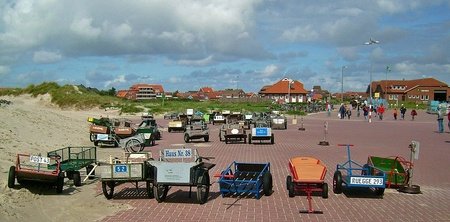
The island can be reached via a ferry from Neßmersiel and takes around 30 minutes. There is also a small airstrip with connections to a small airport at Norden on the mainland. The island can also be reached on foot with a guide at extreme low tides.
The island's website has more information. It is in German, but Google does a pretty good translation.
Wangerooge.
At the far eastern end of the East Friesian Islands we find Wangerooge, an island similar in size to the previous one of Baltrum. In fact so similar there are arguments about which is the smallest. Unlike all the islands mentioned so far, this one has a relatively large population of around 1200 people, although this swells to about 7,000 in the summer.
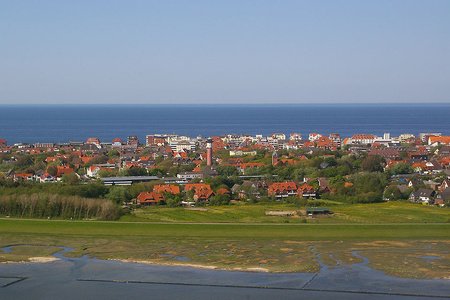
There are very few ancient buildings on Wangerooge due to the tidal movement. Until defences were built over a century ago the island was constantly shifting east. The Western Tower built in 1597 used to be on the east side of the island.
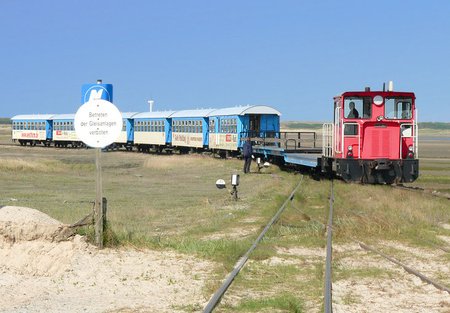
There is a narrow guage railway on the island that was first built in 1897. It is still running to this day and is the only narrow guage railway operated by the national railway, Deutsche Bahn. The railway was of great use during both World Wars as military forces were stationed on the island.
Proof of Wangerooge's strategic importance is illustrated by a story of a crash involving two B-17 Flying Fortress Bombers during the Second World War. On New Year's Eve 1944 following a raid on Hamburg, one was shot down, but due to the planes flying in close formation it landed on another plane. One pilot managed to take control of both aircraft and crash landed on the mainland nearby. It was said that the planes resembled two dragonflies mating. The crews of both aircraft survived.
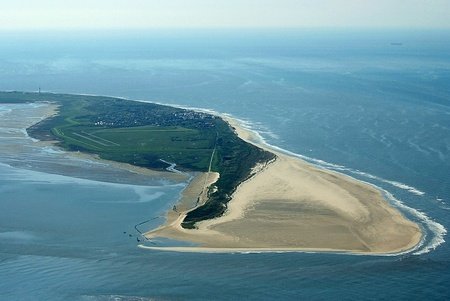
The island is known nowadays for it's peacefulness and water sports, such as windsurfing and kite surfing. It's motto is "God created time, but he never mentioned haste"
Wangerooge can be reached by ferry from Harleseil, or by air from Harleseil, Bremen or Hamburg.
Mainau.
We head in a southerly direction for just under 700 km (or around 425 miles) to our next German island. Situated within the shores of Lake Constance, close to the border with Switzerland, Mainau is a garden island belonging to a foundation set up by Prince Lennart Bernadotte of Sweden. The foundation bears his name.
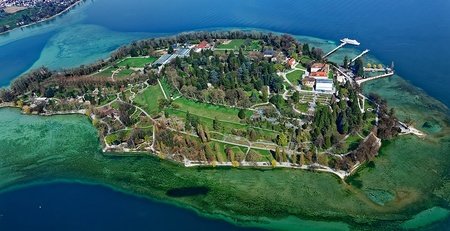
Originally belonging to the Order of Teutonic Knights, the island was sold into private ownership. It changed hands several times, and was eventually bequethed to Prince Lennert. He created the formal palace gardens along with an arboretum that now contains over 500 rare and valuable trees, including Giant Redwoods. There are over 200 types of Rhododendron, 1200 kinds of rose, along with many other flowers and plants.
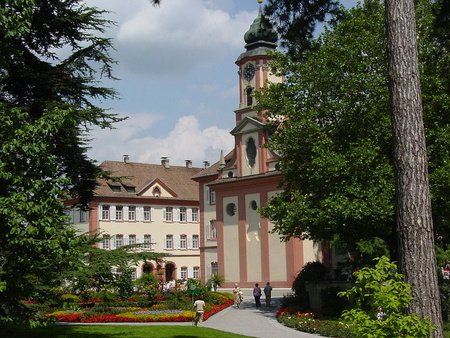
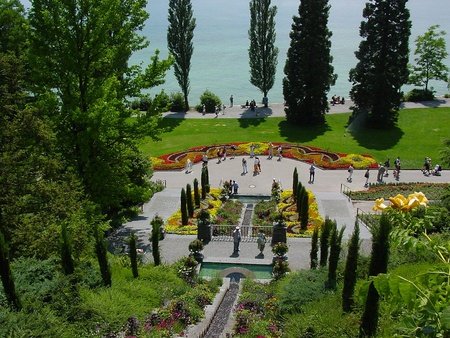
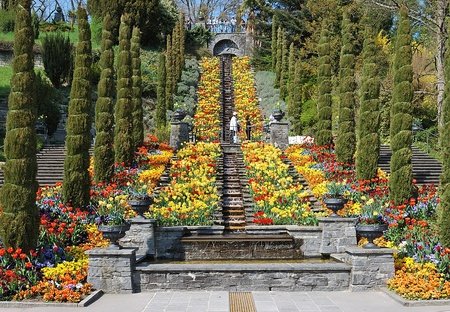

The above pictures are just some of the views from around the island. There is also a butterfly house and greenhouses containing tropical plants from around the world.
Mainau can be reached by car, a footbridge leads from the car park on the mainland to the island. Also by boat into the islands harbour, some services run from various points around Lake Constance during the summer.
The island's website has more information and lots of photos.
Herreninsel.
Our next island is also inland , this time on Bavaria's largest lake, Chiemsee. The largest island on the lake, Herreninsel only has a small population of around 30, mainly due to the Herrenchiemsee palace taking up much of the land area of the island.
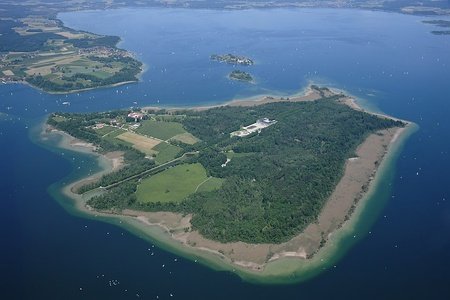
The island was formerly the site of an Augustine monastery, which in turn was on the site of a Benedictine monastery founded in around 765 by Tassilo III of Bavaria. However, there is some evidence pointing to an even earlier abbey run by Burgundian monks.
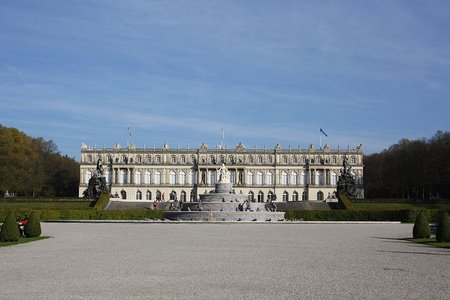
In the early part of the 19th century the island was sold, and various owners tore down the cathedral and several buildings. The old abbey was even converted to a brewery. King Ludwig II of Bavaria acquired the island in 1873 to halt the entire deforestation of the island. The young king was on a trip to France when he had to return on the death of his uncle, Otto.
Dissapointed that he hadn't been able to visit the Palace of Versailles, he decided to build his new palace in the style of Versailles.
He even designed a Hall of Mirrors similar to the one in the French palace. Ludwig only stayed in the palace a few nights before his death in mysterious circumstances in 1886. All construction work on the palace remained unfinished. The palace was opened to the public within a few weeks of his death.
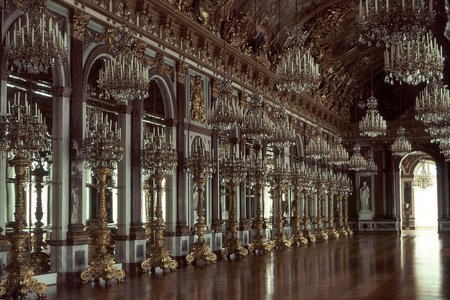
The island and palace is now run by the Bavarian Palace Department, a government agency concerned with the conservation and tourism around the palaces and parks.
The island can be reached by boat from a landing stage at Prien and is open all year round.
The website run by the Bavarian government has many photos and much information.
Summary.
Five islands of Germany. Ranging from a restricted island that used to be used for the communist elite, to a grand royal palace, there is something for everyone in this list. I have driven past Chiemsee lake many times, and never knew there was a palace on one of the islands.
I don't know why I haven't done blogs like this before. I like islands, I admit that. Is there a term for this I wonder ? An islandophile perhaps ? Anyone know ?
Anyway, there you have Germany done. "Where next ?" I ask myself. Well, I'm not sure. Maybe Italy, or Croatia, or Spain. All nations with lots of islands, some large, some small. Let me know your preferences in the comments or if there is a particular country I should research. At the moment I am concentrating on Europe, but don't worry, I will get to elsewhere eventually. Although maybe not Mongolia, or Nepal, or Sudan, I can't see there being that many islands in those parts.
Well thats it for now, see y'all soon !

Hopefully you understood what you mean about age/profession and stuff :)
and two answers on BG